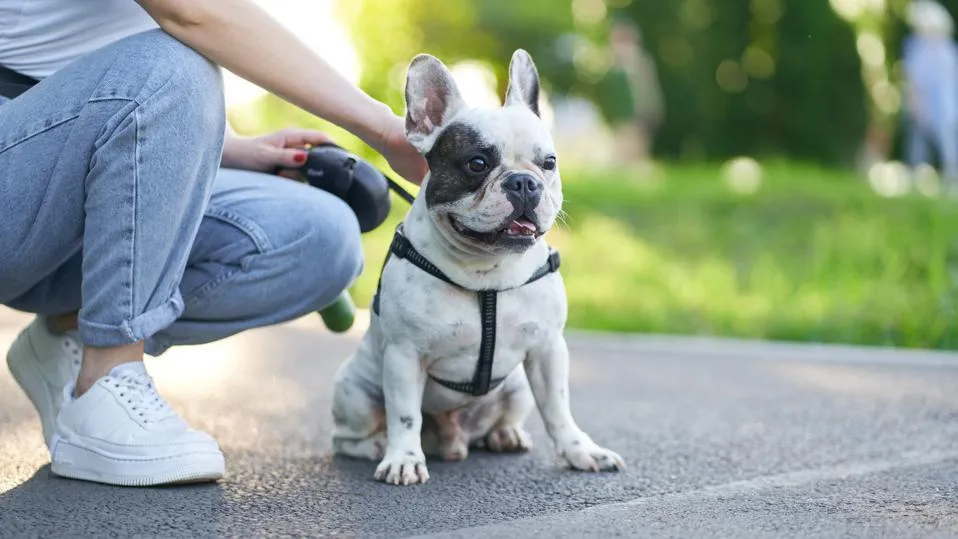The Cavalier King Charles Spaniel is a breed that truly embodies the phrase “fit for a king.”
These charming little dogs have captured hearts all over the world with their big, soulful eyes and gentle nature.
As a proud owner of two Cavaliers myself, I can attest to their irresistible appeal and loyal companionship.
Let me take you on a journey through the fascinating world of Cavalier King Charles Spaniels – from their regal history to their lovable personalities.
Whether you’re considering adding one to your family or just curious about these adorable pups, you’re in for a treat!
A Royal Legacy: The History of Cavalier King Charles Spaniels
The story of the Cavalier King Charles Spaniel is as rich and colorful as the British monarchy itself.
These dogs have a lineage that can be traced back to the toy spaniels favored by royalty in the 16th and 17th centuries.
King Charles II of England was particularly fond of these small spaniels, hence the “King Charles” in their name.
Legend has it that he even decreed that these dogs should be allowed in any public place, including the Houses of Parliament!
However, the Cavalier as we know it today is actually a relatively recent recreation of those earlier royal spaniels.
In the 1920s, an American named Roswell Eldridge offered a prize for breeders who could produce spaniels resembling those in old paintings.
This led to the development of the modern Cavalier King Charles Spaniel.

Distinctive Features: What Makes a Cavalier So Special?
Cavalier King Charles Spaniels are instantly recognizable thanks to their unique blend of toy dog charm and spaniel athleticism.
Here are some key characteristics that set them apart:
1. Those Soulful Eyes
One of the first things you’ll notice about a Cavalier is their large, round eyes.
These expressive peepers seem to look right into your soul, making it hard to resist their charms.
2. Silky Soft Coat
Cavaliers boast a luxurious, silky coat that comes in four distinct color combinations:
- Blenheim (chestnut and white)
- Tricolor (black, white, and tan)
- Ruby (solid red)
- Black and Tan
Their coat requires regular grooming to keep it looking its best, but trust me – running your fingers through that soft fur is pure bliss!
3. Compact Yet Athletic Build
Don’t let their small size fool you – Cavaliers have the heart of a sporting dog.
They typically weigh between 13-18 pounds and stand 12-13 inches tall at the shoulder.
This makes them perfect for both cuddling on the couch and joining you for outdoor adventures.

The Cavalier Personality: A Perfect Blend of Affection and Energy
As someone who’s shared my home with Cavaliers for years, I can confidently say that their personalities are truly one-of-a-kind.
These dogs seem to have an uncanny ability to adapt to their owner’s lifestyle while still maintaining their cheerful spark.
Gentle and Loving
Cavaliers are known for their sweet, gentle nature.
They thrive on human companionship and are often described as “velcro dogs” due to their tendency to stick close to their favorite people.
My Cavalier, Charlie, is happiest when he’s curled up in my lap or following me from room to room.
Playful and Energetic
Despite their reputation as lap dogs, Cavaliers have retained some of their spaniel heritage.
They enjoy a good romp in the yard or a game of fetch.
My other Cavalier, Daisy, never turns down an opportunity for playtime!
Good with Children and Other Pets
The gentle nature of Cavaliers makes them excellent family dogs.
They’re patient with children and generally get along well with other pets.
However, as with any dog, proper socialization from an early age is key.

Health Considerations for Cavalier King Charles Spaniels
While Cavaliers are generally healthy dogs, like all purebreds, they can be prone to certain health issues.
It’s important to be aware of these potential concerns:
- Mitral Valve Disease (MVD): This heart condition is common in the breed and can lead to heart failure if left untreated.
- Syringomyelia: A neurological condition that can cause pain and other symptoms.
- Hip Dysplasia: A joint problem that can lead to arthritis and mobility issues.
- Eye Problems: Including cataracts and retinal disorders.
Regular check-ups with a veterinarian and purchasing from a reputable breeder can help mitigate these risks.
In my experience, investing in pet insurance for Cavaliers is also a wise decision.
Training and Exercise: Keeping Your Cavalier Happy and Healthy
Cavaliers are intelligent dogs that respond well to positive reinforcement training methods.
They’re eager to please their owners, which makes training sessions a joy rather than a chore.
When it comes to exercise, Cavaliers are adaptable.
They’re happy with a couple of short walks each day, but they also have the stamina for longer hikes or play sessions.
Just be mindful of their small size and avoid overexertion, especially in hot weather.
Video

The Cavalier King Charles Spaniel: A Dog for All Seasons
Whether you’re looking for a cuddly companion or an energetic playmate, the Cavalier King Charles Spaniel fits the bill.
Their versatility makes them suitable for various living situations, from apartments to spacious homes with yards.
As someone who’s experienced the joy of Cavalier companionship firsthand, I can say with certainty that these dogs have a way of enriching your life in ways you never expected.
Their loving nature, combined with their regal charm, makes them truly special.
So, if you’re considering adding a Cavalier King Charles Spaniel to your family, prepare to fall head over heels in love.
These little dogs with big hearts are sure to capture your affection and become a cherished part of your life.
Have you had experiences with Cavalier King Charles Spaniels? We’d love to hear your stories!
Share your thoughts in the comments below, and don’t forget to explore our other articles on dog breeds and pet care.
Breed information
| Characteristic | Information |
|---|---|
| Breed Name | Cavalier King Charles Spaniel |
| Origin | United Kingdom |
| Group | Toy Group (AKC) |
| Height | 12-13 inches (30-33 cm) |
| Weight | 13-18 pounds (6-8 kg) |
| Coat | Medium-length, silky, and soft; feathering on the ears, legs, and tail |
| Colors | Four recognized colors: Blenheim (chestnut and white), Tricolor (black, white, and tan), Black & Tan, and Ruby (solid red) |
| Lifespan | 12-15 years |
| Temperament | Affectionate, gentle, friendly, and sociable; enjoys being with people and is often described as a “lap dog” |
| Energy Level | Moderate energy; enjoys playtime but also content to relax and cuddle |
| Exercise Needs | Requires moderate exercise; daily walks and playtime are sufficient |
| Trainability | Highly trainable due to their intelligence and desire to please; responds well to positive reinforcement |
| Intelligence | Smart and eager to learn, making them easy to train for basic commands and tricks |
| Good with Children | Excellent with children; gentle and patient, making them a great choice for families |
| Good with Other Pets | Generally very good with other pets, including dogs and cats; friendly and non-aggressive |
| Shedding | Moderate shedding year-round; requires regular brushing to manage the coat |
| Grooming Needs | Regular grooming needed to keep their coat free of tangles and mats; ears should be cleaned frequently due to their long, floppy nature |
| Barking Level | Generally quiet, but may bark to alert; not known for excessive barking |
| Space Requirements | Adaptable to apartment living as long as they receive regular exercise; enjoys having a yard but doesn’t require one |
| Socialization | Naturally friendly and sociable; early socialization helps ensure they are well-mannered with strangers and other animals |
| Health Issues | Prone to heart issues (mitral valve disease), hip dysplasia, syringomyelia (spinal condition), and eye problems |
| Diet | Balanced, high-quality diet suited to their size and activity level; prone to weight gain, so overfeeding should be avoided |
| Affection Level | Extremely affectionate and loyal; forms strong bonds with their family and enjoys being close to people |
| History | Descended from toy spaniels kept by European royalty in the 16th-18th centuries; named after King Charles II of England, who was particularly fond of the breed |
| AKC Recognition | Recognized by the American Kennel Club in 1995 |
| Ideal Living Conditions | Thrives in homes where they can spend time with their family; does well in both apartments and houses, as long as they have daily interaction |
| Famous Cavalier King Charles | Several appear in paintings of royalty; famous Cavaliers include pets of celebrities such as Ronald Reagan and Sylvester Stallone |
| Notable Characteristics | Known for their expressive eyes, friendly demeanor, and silky coat; often described as the perfect companion dog |
| Best Activities | Enjoys activities such as fetch, walks, and learning tricks; excels in therapy work due to their calm, affectionate nature |
| Suitability for First-Time Owners | Excellent choice for first-time dog owners due to their easygoing temperament and adaptability |
Sources:
- American Kennel Club (AKC): Cavalier King Charles Spaniel Information
- DogTime: Cavalier King Charles Spaniel Breed Information
- The Kennel Club: Cavalier King Charles Spaniel Breed Standard

















